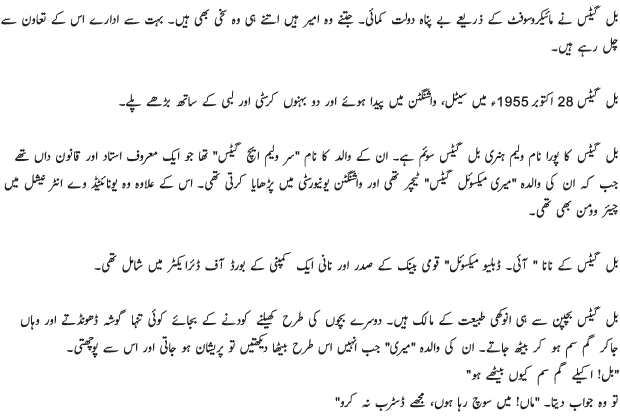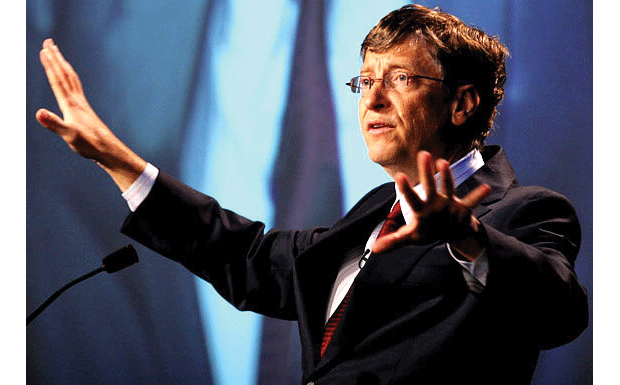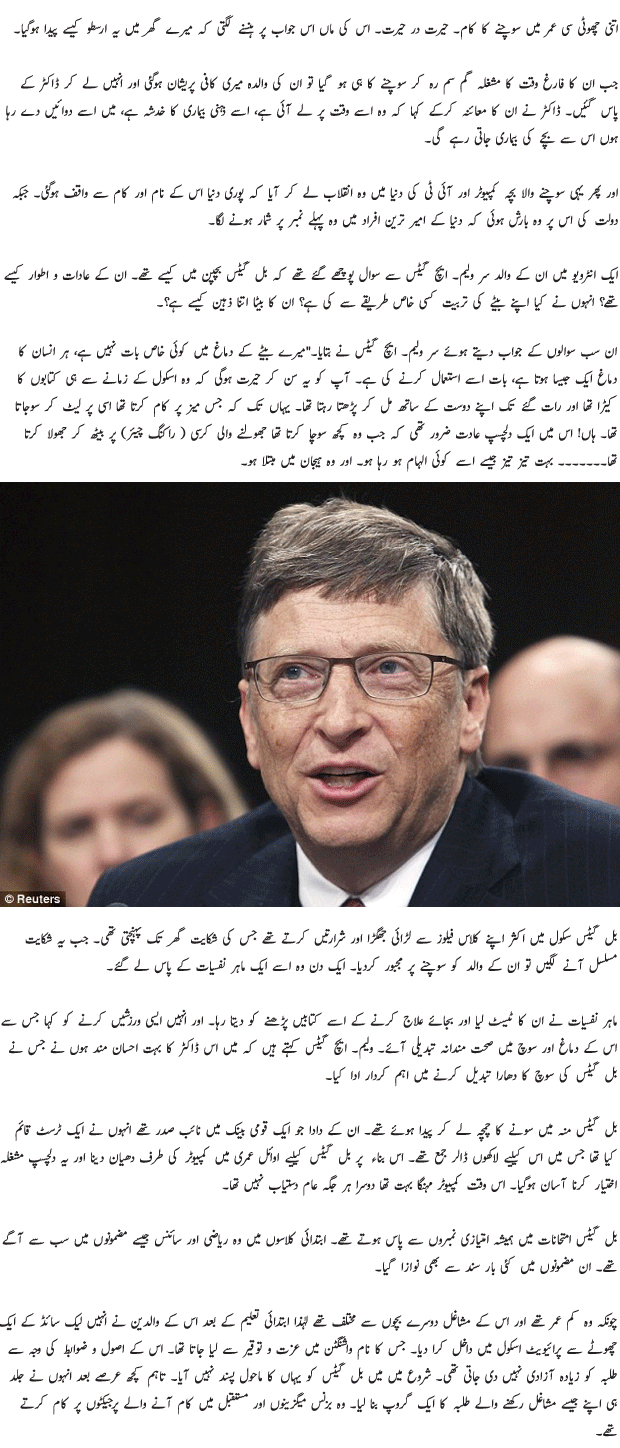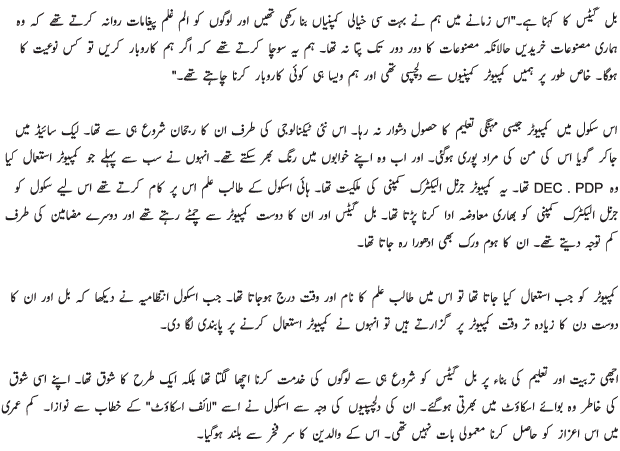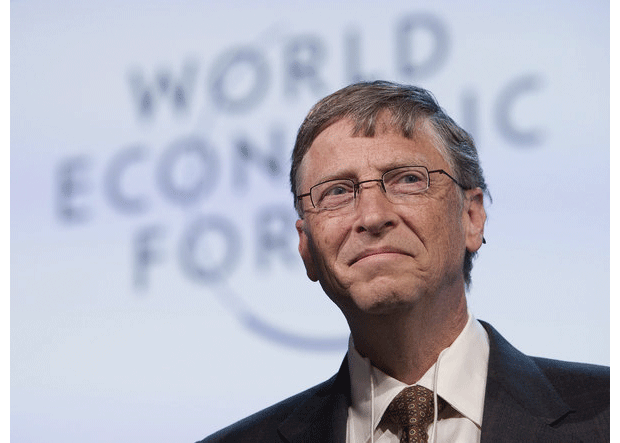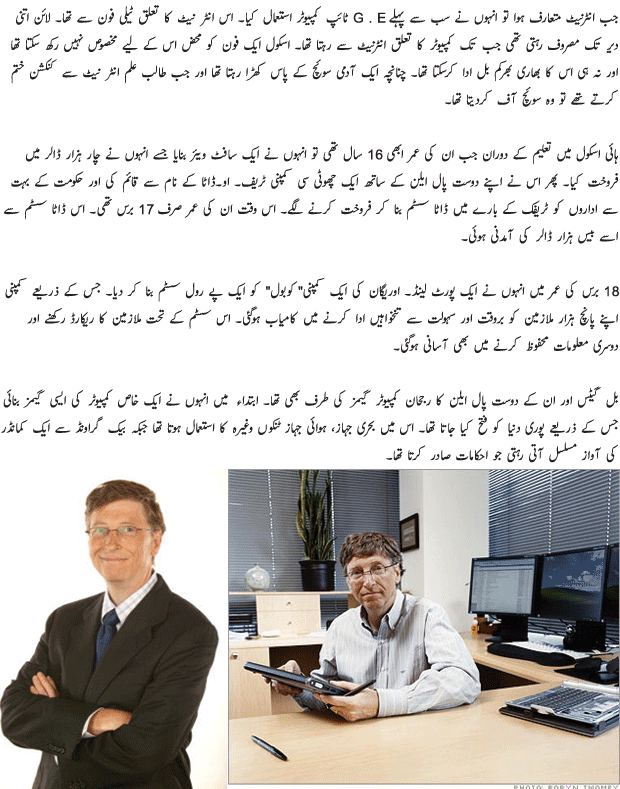
Mark Zuckerberg Biography: Success Story of Facebook Founder and CEO
In this success story we are going to share Mark Zuckerberg biography, the youngest billionaire on the planet who created Facebook social network that now has 1 billion monthly active users.
Thanks to Facebook people around the world can easily keep in touch with all their friends. Not long ago, society just did not have such opportunity, but now everything has changed. However, Facebook is not limited only to communication and acquaintances. There are numerous interest groups and fan pages that help to rally the people together. This is not counting the fact Facebook is also a huge database of profiles, exceeding the most popular dating sites and chances to find your second half are impressive.
Mark Zuckerberg Childhood Biography
Mark Zuckerberg was born on May 14, 1984 and grew up in the suburbs of New York, Dobbs Ferry. He was the second of four children and the only son in the educated family. Mark’s father, Edward Zuckerberg, is a dentist and mother, Karen Zuckerberg, is a psychiatrist. His father owned a dental practice next to the family house. Mark and his three sisters, Arielle, Randi and Donna were raised in Dobbs Ferry, New York.

Mark Zuckerberg Childhood
Mark got interested in programming yet in elementary school. The fact that the world is divided between programmers and users, Mark found out when he was 10 years old and got his first PC Quantex 486DX on the Intel 486.
From Mark Zuckerberg biography we found out he was taught Atari BASIC Programming by his father and when Mark was about 12, he used Atari BASIC to create a messenger, which he called “ZuckNet”. It made all the computers connected to each other and allowed to transfer messages between the house and dental office. His father installed the messenger on his computer in his dentist office and the receptionist could inform him when a new patient arrived. Mark also enjoyed developing games and communication tools and as he said he was doing it just for fun. His father, Edward Zuckerberg, even hired a computer tutor David Newman who gave his son some private lessons.
Also being at high school, Mark wrote an artificially intelligent media player Synapse for MP3-playlists that carefully studied the preferences of a user and was able to generate playlists ‘guessing’, which tracks user wants to listen to right now. Microsoft and AOL got unusual interest in Synapse media player and wanted to buy it out. However, the young talent rejected the offer of IT-giants and then politely rejected their invitation to cooperate. Just like that, Mark Zuckerberg refused from dozens, maybe even hundreds of thousands of dollars, and work in one of the top IT-corporations.
Soon Mark Zuckerberg studied at the Academy of Phillips Exeter, an exclusive preparatory school in New Hampshire. He showed good results there in science and literature, receiving a degree in classics. He also showed a great talent in fencing and even became the school captain of the fencing team. Yet Mark Zuckerberg stayed fascinated by coding and wanted to work on the development of new software.
In 2002, after graduating Phillips Exeter, Zuckerberg entered Harvard University. By his second year at the Ivy League he had gained a reputation as a software developer on campus. It was then when he wrote a program CourseMatch, which helped students choose their subjects on the basis of lists of courses from other users.

Mark Zuckerberg graduates Phillips Exeter Academy in 2002.
FaceMash – A Fun Site for Voting
In 2003, once summer evening when Mark Zuckerberg suffered from insomnia in the Harvard dormitory room, he got an idea to create a site called FaceMash. Mark decided to hack the database of Harvard, where the students uploaded their profile pictures. He quickly wrote a program that randomly selected two pictures of two random female students and put them next to each other, asking “Who is hotter?”, giving the option for voting.
The process was in full swing and site was visited by most of the students in Harvard. When the number of visitors exceeded the limit, the server crashed due to overload. Mark appeared before the committee on computer hacking. Of course nobody told Mark Zuckerberg ‘Well done!’ and he received a disciplinary action, and had noticed that such kind of things cause stormy interest in society. By the way, Harvard has refused to comment on the incident up till now.
The Rising of Facebook

Divya Narendra, Co-founded HarvardConnection
About ten months before the Zuckerberg’s FaceMash epic, one of the students of Harvard – Divya Narendra – had already spoken with the idea of creating a social network exclusively for Harvard students, many of whom were suffering from emotional stiffness. And not have ‘aliens’ engaged into the network, Narendra suggested using Harvard email address as the main username.
Divya Narendra’s partners were twins Tyler and Cameron Winklevoss. The father of the Winklevoss twins, Howard Winklevoss, is a successful financial consultant and put in his sons a lot of efforts and money – so the problem with the initial capital for the future network could be solved easily.
In conversation with Mark Narendra said that the project would be called Harvard Connection (later renamed to ConnectU), and its members will be posted to the Internet their photos, personal information and useful links. The tasks of Mark Zuckerberg included programming of the site and creating a special source code, which would allow the system to work as quickly as possible.

Tyler Winklevoss (left), Cameron Winklevoss (right). (© Stephen Lovekin)
After a private meeting with Narendra and the Winklevoss twins, Zuckerberg agreed to join in the work, but the potential of his new partners he estimated it skeptically. While working on Harvard Connection he got a fantastic idea about his own social network.
On February 04, 2004 he registered the domain name TheFacebook.com, now known throughout the world as Facebook.com. However, it functioned only within Harvard.
After Zuckerberg and his partner Eduardo Saverin realized that there were already registered 4000 users, they have come to the conclusion that they needed the services of new programmers. One of them was a Mark’s neighbor, Darren Moskowitz, who further opened the Facebook service to students at Columbia University, Stanford, and Yale.
Around the same time after the IPO, Zuckerberg owned 503.6 million shares. And now Zuckerberg controls nearly 60% of the company’s votes, 35% – Eduardo Saverin, and 5% went to newcomer Moskowitz. Another friend of Mark, Chris Hughes, was assigned as the Press attache of Facebook.

TheFacebook.com in April 2004
Some time later, the registration was opened to all students. The main condition was the availability of an email address in .edu zone, which also indicated a person’s belonging to education sector.
It must be said that at first this tactic worked out nicely. The project attracted audience attention of sufficient quality. When a user was trying to sign up he had to fill out a detailed profile, and in addition to the email address in .edu zone it was requested to add a real profile picture. If people used avatars instead of real pictures their profiles were deleted.
Soon Facebook went beyond the education sector, becoming more and more popular. Mark Zuckerberg started looking for investors. The first investments Mark received from one of the founders of PayPal, Peter Thiel, who is well known throughout Silicon Valley. Peter Thiel allocated $500,000 dollars and that amount was sufficient for immediate Facebook purposes. The project began to evolve rapidly. In less than a year after it was founded more than 1 million people joined the social network. For further development of Facebook they needed more investments. Accel Partners invested in Facebook $12.7 million dollars and then Greylock Partners added to this amount $27.5 million dollars.
By 2005, Facebook became accessible for all educational institutions and universities in the USA. Zuckerberg still believed that his project is a social network for students, but the interest of users to Facebook grew exponentially. Then it was decided to make a registration accessible to the public. And after this a Facebook ‘epidemic’ started.

Facebook logo
The main thing that immediately attracted users in Facebook, is that friends who meet in real life now could communicate with each other online. It was something new.
Facebook audience grew rapidly, but the monetization of the project still remained unclear. Everyone expected that the main instrument should be context advertising. The fact is that every Facebook user fills sufficiently detailed profile, which can be used to show relevant advertisements. Obviously that would open up enough options to advertisers, who may be of interest to their audience. But Facebook continued just to build number of users. When they got over 50 million users, large companies began to offer Zuckerberg to sale them the project. So, one time even Yahoo! offered $900 million dollars for Facebook. Impressive sum, but it absolutely did not satisfy Mark. Facebook biography and Mark Zuckerberg success story is quite intriguing, isn’t it?
Lawsuits against Facebook
The Facebook project launch was accompanied by series of scandals. Six days later after launching the site senior students brothers Cameron and Tyler Winklevoss and Divya Narendra accused Mark Zuckerberg in stoling their idea. They claimed that in 2003 hired Zuckerberg to make him complete the establishment of the social network HarvardConnection.com. According to their testimonies, Zuckerberg did not provide them the results of his work, but used the original source code to create Facebook.
In the same year, Narendra and the Winklevoss twins launched their own network renamed to ConnectU. And they continued to attack on Mark Zuckerberg, complaining Harvard administration and The Harvard Crimson newspaper. Initially Zuckerberg urged journalists not to publish the investigation: he showed them what supposedly he did for HarvardConnection, and explained that those developments did not have any relation to Facebook. But very inappropriately, another Harvard student – John Thomson – in personal conversations started saying that Zuckerberg stole one of his ideas for Facebook. The newspaper decided to publish the article and it offended Mark Zuckerberg very much.

Newspaper clip from The Harvard Crimson article published on May 28, 2004
Zuckerberg took revenge on The Harvard Crimson. According to Silicon Alley Insider, in 2004, he breaks the mailboxes of two journalists from The Harvard Crimson, using the newly launched Facebook. He found users who were involved in the newspaper and browsed their logs (i.e. history) of incorrectly entered passwords in Facebook. Zuckerberg’s expectations were met: two employees of the newspaper absentmindedly tried to login Facebook with passwords from their mailboxes. Silicon Alley Insider wrote that Zuckerberg got lucky: he had a chance to read the correspondence about him between the editorial office and HarvardConnection.
The Winklevoss twins and Narendra filed a lawsuit against Mark Zuckerberg, but the court rejected their claim. They were persistent and filed another lawsuit. This time the court examined the code sources to understand whether they were actually stolen. But the truth was still not clear. The examination results were not announced. In 2009, Zuckerberg agreed to pay $45 million ($20 million in cash, and the remaining amount in Facebook shares) ConnectU as part of the court settlement. The case was closed. By that time ConnectU had less than 100,000 users, Facebook boasted about 150 million users.
The Winklevoss twins yet did not calm down and filed a petition in the U.S. Court of Appeals, but they were denied a retrial. According to their lawyer Jerome Falk, the appellate court refused to take a review of the case based only on the parties’ settlement agreement, which states that members of the trial after the signing of the document does not have the right to resume the trial. In counsel’s view, the decision was illegal, as Mark Zuckerberg in a proceeding in 2008 provided false information about the company’s value.
On May 17, 2011 Cameron and Tyler Winklevoss filed another lawsuit against the owner of Facebook Mark Zuckerberg to the U.S. Supreme Court. That was the latest attempt of the brothers to make the court to reconsider the case.
Bill Gates and Facebook

Bill Gates’ Facebook Page
In 2007, a major event happened to Facebook. Microsoft acquired 1.6% equity stake in Facebook for an impressive amount of $240 million dollars. On this basis, a number of analysts suggested that the total value of Facebook reaches $15 billion. Quite good results for the company, whose income did not exceed $200 million a year. After the deal Bill Gates created an account in Facebook. He used to spend for several hours a day to communicate through Facebook with everyone, but after a time decided to close his account for some time, because there were too many people willing to chat with him. Physically, he was not able to chat with all of them. However, Gates provided a major PR campaign for Facebook worldwide. This is particularly important for Microsoft, given that it had an exclusive advertising agreement with the social network until 2011.
How Facebook Makes Money
In 2011, the turnover of Facebook, Inc. reached $3.71 billion and net income – $1 billion. The growth rates are also impressive: three years turnover has increased five-fold.
Basis earnings of Facebook come from contextual ads on the pages of social network. Growing number of users and the time they spend on the site is converted into advertising revenues. 85% percent of cash-flow that went through the company last year was earned through contextual advertising.
Most of the rest 15% are deductions from purchases made through the Facebook payment system. These are mostly not real, but virtual goods. For example seeds, fruits and vegetables, purchased by fans of the popular game Farmville developed by Zynga.

FarmVille – popular game on Facebook developed by Zynga
Despite the apparent frivolity, virtual goods is a serious business, and the Facebook report confirms that. The company estimates that in 2010 the global market turnover for virtual goods reached $7 billion, and by 2014 it will rise to $15 billion.
At the beginning of January 2013, Facebook Inc. started testing the service of paid private messaging. Facebook charges $1.00 for a private message that you can send to the users who are not in your friend list. And the message goes directly to their Inbox folder, instead of Other one. But Facebook went further and realized that some users are worth more than a $1. If you want to send a message to Facebook CEO Mark Zuckerberg and get into his inbox, you might have to pay $100 for this exclusive option. This is another very simple way to generate additional revenue.

Mark Zuckerberg named TIMES’s person of the year 2010
Mark Zuckerberg: TIME’s 2010 Person of the Year
In January 2010, TIME magazine named Facebook founder, CEO and 26-year old billionaire Mark Zuckerberg the Person of the Year 2010.
Lady Gaga, James Cameron and founder of WikiLeaks, Julian Assange, were struggling for this title that year. However, TIME magazine chose his hero. ‘The social network created by Mark connected almost every tenth person on the planet’, – Richard Stengel, TIME editor-in-chief explained their choice. According to him, ‘Today, Facebook is the third largest country in the world that knows about its citizens as much as no government on planet does.’
According to TIME, in the past year no one else had such great impact on the world than the current winner. Mark’s popularity is so high that in 2010 David Fincher shot a movie ‘The Social Network’ in which the main role of Facebook founder was brilliantly played by Jesse Eisenberg. Previously, TIME’s ‘persons of the year’ became the United States presidents Bill Clinton and Barack Obama.
In 2010, Forbes magazine admitted Mark Zuckerberg as the youngest billionaire in its list to the state of $4 billion.
In the rating of the 400 richest people in the United States, published by Forbes magazine in 2012, Zuckerberg took 36th place with a fortune of $9.4 billion.
Mark Zuckerberg’s Lifestyle
Currently Zuckerberg lives in the Palo Alto in a $7 million estate that features 5 bedrooms a saltwater pool, and over 5,000 square feet of property.

Mark Zuckerberg’s Wife Priscilla Chan
On May 19, 2012 Mark Zuckerberg married his longtime girlfriend Priscilla Chan in Palo Alto, California and finally they happy live together.
We hope you have enjoyed reading Mark Zuckerberg biography and breathtaking success story of Facebook and it has inspired you to new discoveries.
More astrumpeople.















